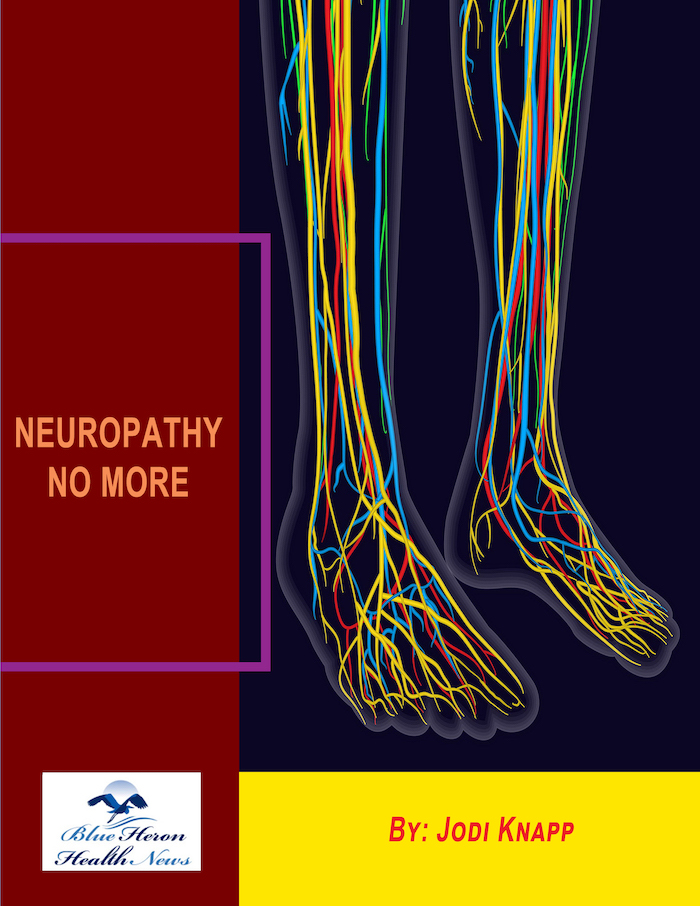
Neuropathy No More neuropathy No More By JODI KNAPP neuropathy is one of the most painful diseases which can make people suffer a lot. Even though medical science has progressed a lot, it could not really found a solution for this condition. This is because the condition is deep routed. You have to make sure that you are changing some of the lifestyle patterns to get relief from the symptoms. The Neuropathy No More is exactly what you need for that. This program is quite helpful and can provide you with all the important information that you will need to ensure better life without the symptoms.
What is the difference between motor and sensory neuropathy?
Motor neuropathy and sensory neuropathy are both types of peripheral neuropathy, but they affect different types of nerves in the peripheral nervous system, leading to distinct sets of symptoms. Here’s a breakdown of the differences between motor and sensory neuropathy:
1. Motor Neuropathy:
- Nerves Affected: Motor neuropathy affects the motor nerves, which are responsible for controlling voluntary muscle movements. These nerves carry signals from the brain and spinal cord to the muscles.
- Symptoms: Since motor nerves control muscle movement, the symptoms of motor neuropathy primarily involve muscle function. Common symptoms include:
- Muscle weakness: Difficulty moving limbs or performing tasks that require strength.
- Muscle cramps or twitching: Uncontrolled muscle movements or spasms.
- Loss of muscle control: Difficulty coordinating movements, leading to poor balance or frequent falls.
- Paralysis: In severe cases, motor neuropathy can lead to the inability to move certain muscles.
- Muscle atrophy: Over time, if the nerves that innervate muscles are severely damaged, the muscles may shrink or waste away (atrophy) due to lack of use.
- Causes: Motor neuropathy can result from autoimmune conditions (e.g., Guillain-Barré syndrome), hereditary disorders (e.g., Charcot-Marie-Tooth disease), physical trauma, or motor neuron diseases like ALS (amyotrophic lateral sclerosis).
2. Sensory Neuropathy:
- Nerves Affected: Sensory neuropathy affects the sensory nerves, which are responsible for transmitting sensory information—such as touch, temperature, pain, and vibration—from the skin and other sensory organs to the brain.
- Symptoms: Since sensory nerves control sensations, the symptoms of sensory neuropathy involve disturbances in feeling and sensation. Common symptoms include:
- Numbness: A reduced or complete loss of sensation, often in the hands and feet (this is a hallmark symptom of diabetic neuropathy).
- Tingling or “pins and needles”: A prickling sensation, often described as “tingling” or “pins and needles.”
- Burning or shooting pain: Intense, sharp, or burning sensations that can be constant or intermittent.
- Hypersensitivity: Increased sensitivity to touch (even light contact may cause pain, known as allodynia).
- Loss of proprioception: Difficulty perceiving the position of your limbs in space, leading to problems with balance and coordination.
- Causes: Sensory neuropathy can be caused by diabetes, vitamin deficiencies (particularly B12), infections (such as shingles or HIV), toxic exposures (e.g., chemotherapy or alcohol), or autoimmune diseases.
3. Differences in Symptoms:
- Motor neuropathy primarily affects muscle function, causing weakness, paralysis, and muscle atrophy. Individuals may struggle with tasks that require physical strength and coordination, such as walking, gripping objects, or maintaining balance.
- Sensory neuropathy primarily affects sensation, causing numbness, pain, or abnormal sensory experiences like tingling or burning. It can also impair the ability to detect pain, temperature changes, or touch, which may lead to injuries going unnoticed (e.g., foot ulcers in diabetics).
4. Overlap and Mixed Neuropathy:
- It’s possible to have a combination of motor and sensory neuropathy (often referred to as sensorimotor neuropathy), where both sensory and motor nerves are affected. In these cases, individuals experience symptoms from both categories, such as muscle weakness combined with numbness or tingling.
- Some conditions, like diabetic neuropathy, can cause both motor and sensory neuropathy, leading to a mix of motor deficits and sensory disturbances.
Summary:
- Motor neuropathy affects motor nerves, leading to muscle weakness, loss of coordination, and muscle atrophy.
- Sensory neuropathy affects sensory nerves, leading to numbness, tingling, pain, and loss of sensation.
- In some cases, both motor and sensory nerves can be affected simultaneously, leading to mixed symptoms.
The specific type of neuropathy (motor or sensory) determines which nerves are damaged and what symptoms arise, and the underlying cause of the neuropathy will guide diagnosis and treatment.
Neuropathy No More neuropathy No More By JODI KNAPP neuropathy is one of the most painful diseases which can make people suffer a lot. Even though medical science has progressed a lot, it could not really found a solution for this condition. This is because the condition is deep routed. You have to make sure that you are changing some of the lifestyle patterns to get relief from the symptoms. The Neuropathy No More is exactly what you need for that. This program is quite helpful and can provide you with all the important information that you will need to ensure better life without the symptoms.